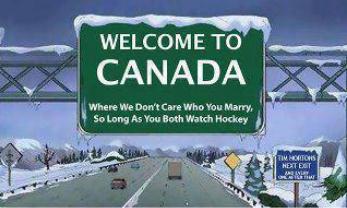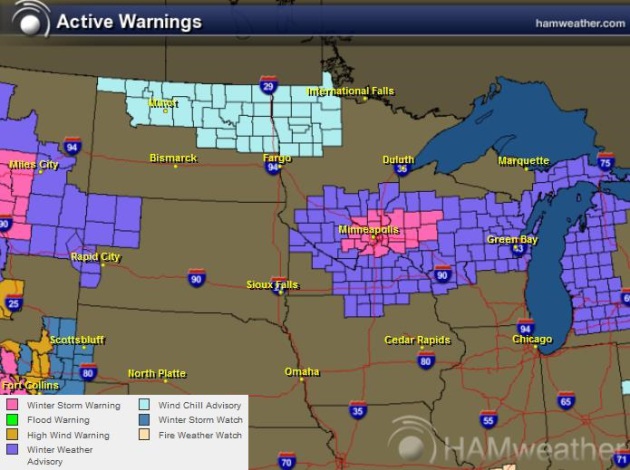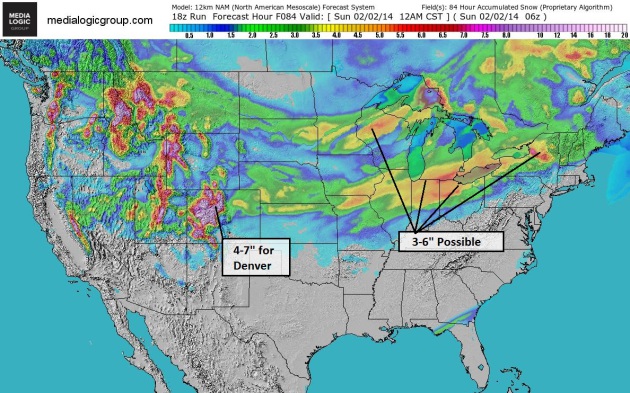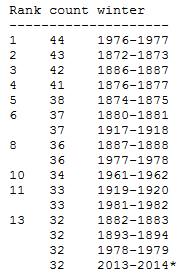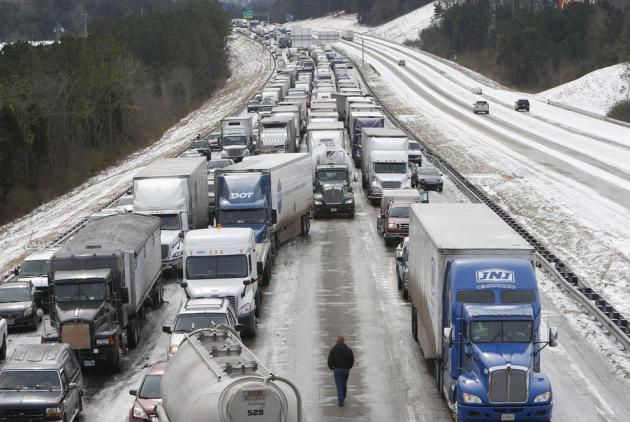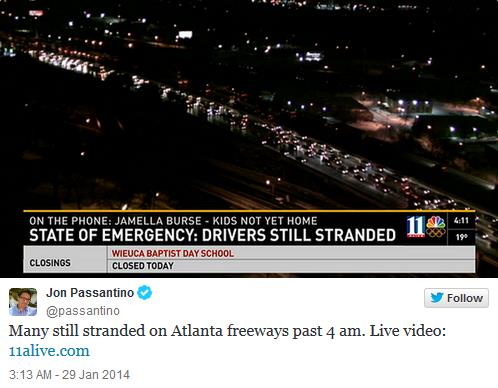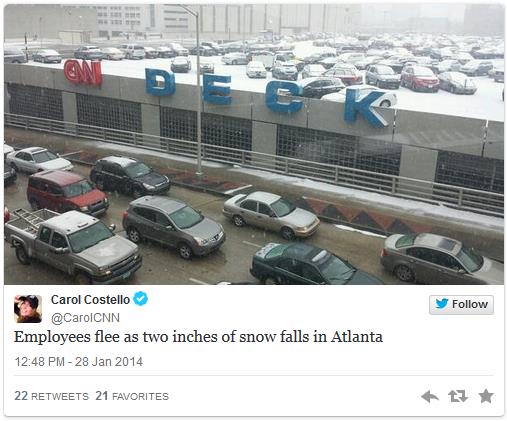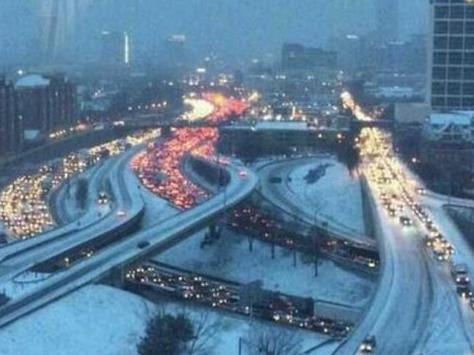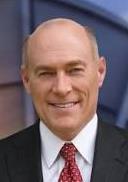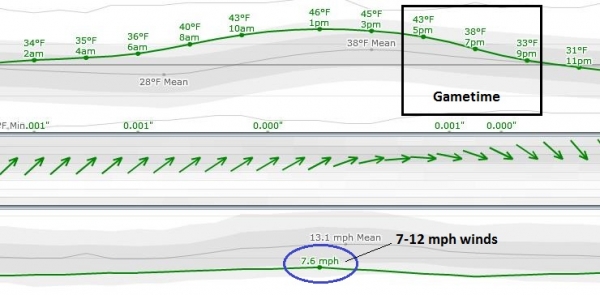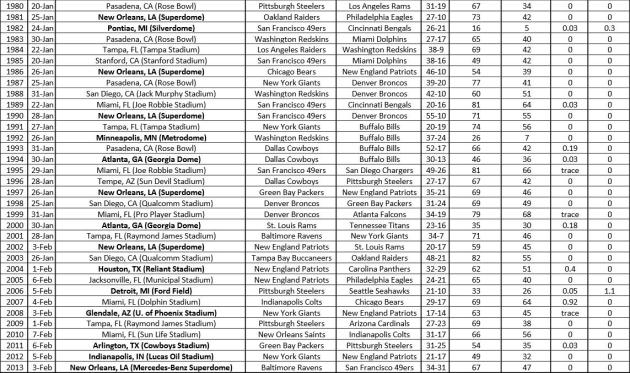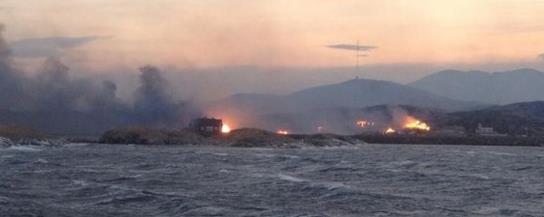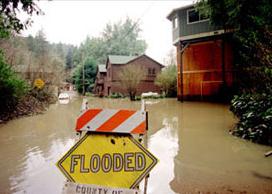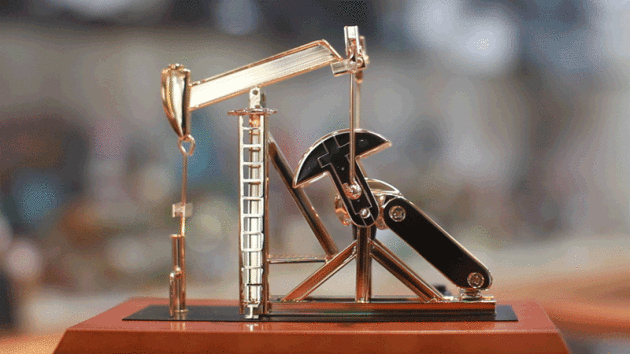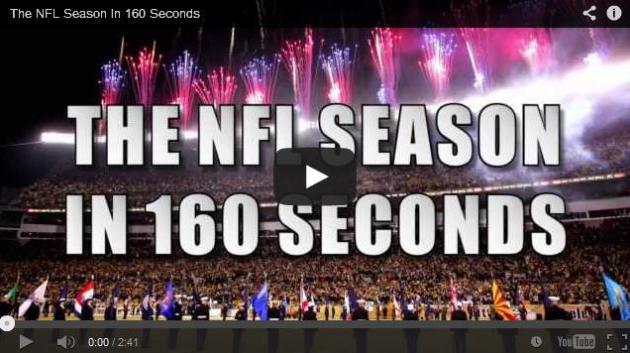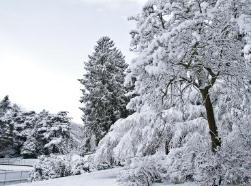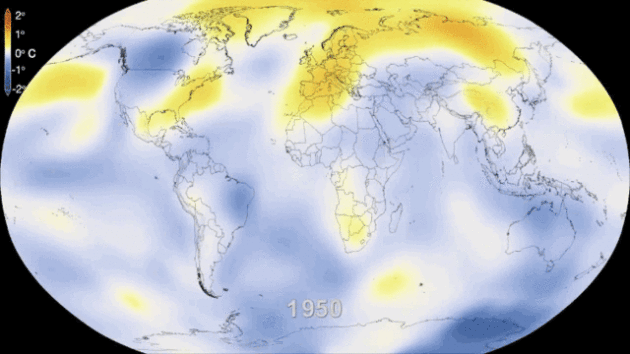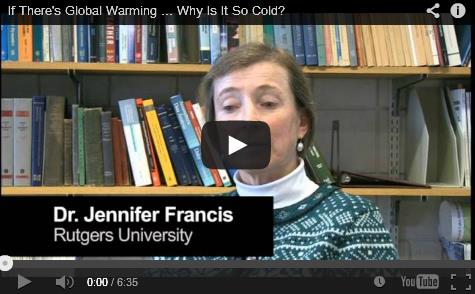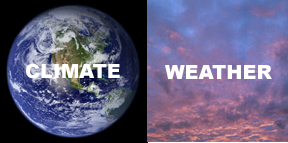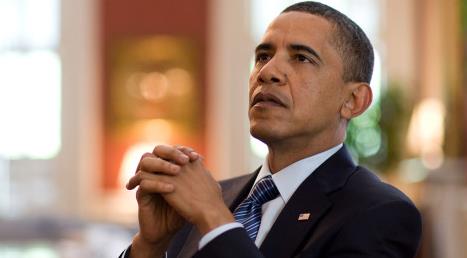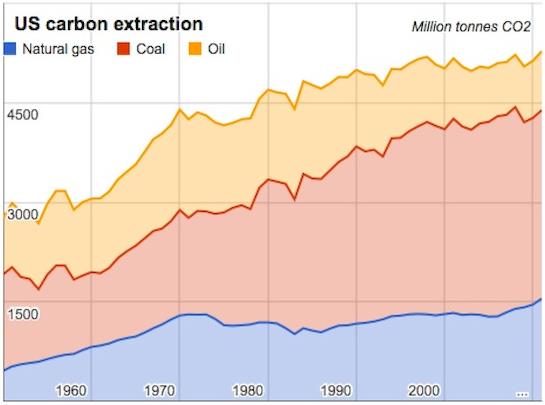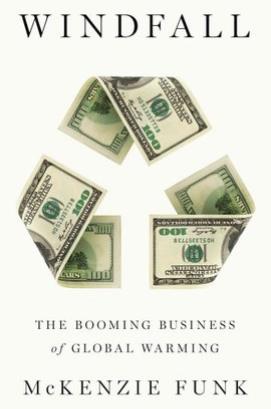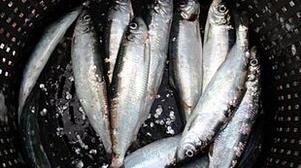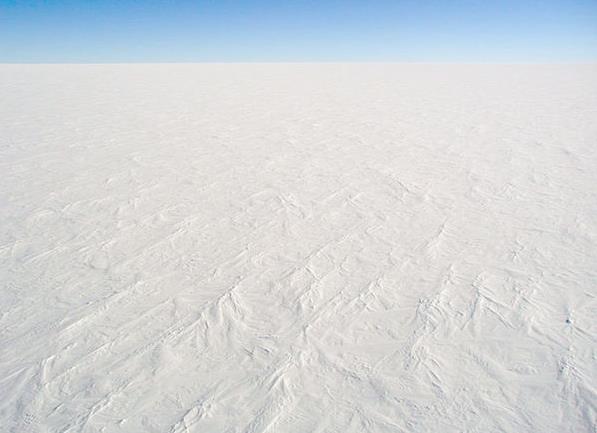The Real Story
The
Hard Minnesota Winter of 2014, sponsored by the Scottsdale Chamber of
Commerce. Our motto: "We're living in a desert - we may run out of water
- but today our weather is so much nicer!"
I read this on the Internet so it must be true.
No,
I'm not really blaming Arizona or Florida. The real culprit is far more
sinister - our subversive neighbor to the north, quietly engaging in
atmospheric extremism.
That's right, blame Canada.
Why isn't
FEMA taking this threat seriously? Can't we build a really tall wall?
Politicians will shrug and chalk it up to long nights & deep snow
cover, but I suspect this silent, brittle invasion has been in the works
for some time. We're already paying more for Canadian crude!
Coincidence? I don't think so.
Calling Glenn Beck. Or Jesse Ventura.
Anyone?
32
subzero nights since December 1; the most since 1982. Today's clipper
whips up 2-5 inches of fresh powder, followed by yet another jolt of
(Canadian!) air by Friday.
I see very slight moderation next week -
single digits and teens. Longer range models are hinting at a reprieve
the latter half of February. Won't that be nice.
Be glad you don't
live in Atlanta: 30-40 sanding trucks for the entire city. Melting snow
refroze into glaze ice, sparking an unimaginable traffic jam. Details
below.
One Beefy Clipper.
Most clippers drop a quick inch or two of fluff, fast-moving storms
approaching from western Canada unable to tap moisture from the Gulf of
Mexico. Today's clipper may be a little more formidable, capable of 3-7"
amounts, with the heaviest amounts from near Alexandria and St. Cloud
to Taylors Falls. Model data above: 4 km. HopWRF.
Winter Storm Warning.
Today's clipper will put down a carpet of plowable snow, the best
chance of 3-6" by midday coming north of MSP. Ham Weather has the latest
NOAA advisories, watches and warnings
here.
84-Hour Snowfall Projections.
Upslope winds along the Colorado Front Range may dump as much as 4-7"
for Denver tonight and Friday, a clipper producing plowable snowfall
amounts from the Twin Cities to Wausau and Green Bay, Friday's storm
dropping a few inches of snow from Chicago to Detroit, South Bend and
Toledo. The southern USA thaws out - highs near 60 in Birmingham and
Atlanta this weekend.
Little House On The Tundra.
A higher sun angle should begin to put a dent in the leftovers of the
Polar Vortex by mid or late February. No rapid thaws shaping up anytime
soon, in fact the latter half of next week looks plenty cold. Although
if I had to guess I'd wager a small bet schools will remain open until
further notice. Graphic: Weatherspark.
Minimum Temperatures Of Zero Or Colder In The Twin Cities. Pete Boulay, from the
Minnesota Climatology Working Group, passed this nugget along to me - the most subzero lows since December 1 since 1982. Here's an excerpt of the post: "
The
Twin Cities will most likely have the mercury dip to zero or colder 32
times this winter by January 31, the most though January 31 since the
winter of 1981-82. How does the winter of 2013-14 stack up for counts of
minimum temperatures at or below zero in the Twin Cities? As of January
28th there have been 30 minimum temperatures of zero or colder: 13 in
December, and 17 so far in January. Including the forecast for the rest
of the month it looks like January will wind up with 19 minimum
temperatures of zero or colder for a total of 32 so far for the season.
This is the most number of minimums below zero so early in a winter
since the winter of 81-82 when the total through January 31 was 33..."
Graphic credit:
Courtesy: Minnesota State Climatology Office. "
Minimum Temperatures of zero or colder in the Twin Cities Through Jan 31."
Number Of Minimum Temperatures Below Zero As Of January 31.
This takes into account data from 144 winters in the Twin Cities, and
forecast (subzero) lows through Friday of this week; a grand total of
32, the most since 1982, according to the
Minnesota Climatology Working Group.
Snow Storms Hit The South. Seeing is believing, and some of the photos in this story from In Focus at
The Atlantic are truly gawk-worthy; here's an excerpt: "
A
rare winter storm swept across most of the Deep South yesterday,
turning roads into sheets of ice, dropping several inches of snow in
places, snarling highways, and causing at least five deaths.
Unaccustomed to the weather, drivers slid into ditches, abandoned
vehicles on highways, and became trapped in miles-long traffic jams for
many hours. The National Guard was out, extracting stranded motorists
and transporting them to shelters - thousands remain trapped on
Interstates around Atlanta today.."
Photo credit above: "
Traffic
at a standstill on Interstate 65 northbound as officials work to clear
abandoned vehicles in Hoover, Alabama, on January 29, 2014."
(AP Photo/Hal Yeager).
Atlanta's Hell Commute Is Still Going On.
Business Insider has a series of photos that really capture the surreal nature of Atlanta's historic ice storm - here's an excerpt: "
Atlanta is in the midst of one of what will likely go down as one of the worst traffic jams in American history. It started with snow yesterday that snarled roads all across the city, and it's still going on, now into the 16th hour. Here are a series of images that show what's still going on..."
Snowed Out Atlanta. If you want to get a better sense of what's really going on in Atlanta check out some of the urgent
Facebook posts - it's almost surreal.
Atlanta Snow Snarls Commute For CNN Staffers. Here's an excerpt from
TVNewser: "
Atlanta-based
CNN staffers ran into some traffic problems caused by the winter storm
during their commute yesterday. On Twitter, Carol Costello detailed the experience of being stuck in the CNN parking lot for an hour before finally giving up and going back inside..."
This Is The Best Explanation We've Seen For Why All Of Atlanta Is Stuck In Traffic.
To be honest, traffic in Atlanta is a mess on a dry, sunny day. Add a
half inch of glaze ice and it becomes a nightmare. This explanation,
captured in an article at
Business Insider, strikes me as being pretty close to the truth of what really happened; here's an excerpt: "...
The
City knew the storm was coming, and has a new fleet of snowplows and
vehicles to spread sand. So what went wrong? Atlanta-based designer Thomas Strickland spent eight hours in traffic, and offered up a great explanation of the problem on Metafilter. He gave us permission to publish his take..."
Photo credit above:
Twitter/@WCL_Shawn.
Mea Culpa.
Every storm is different, and it doesn't take much of a jog in a
storm's track or intensity to throw the forecast off-track. The snow and
ice came in 4-7 hours earlier than predicted, which contributed to the
problem. I have a lot of respect for meteorologist James Spann, in
Birmingham. He doesn't try to spin the truth - he tells it like it is,
and when he's wrong, he owns up to it. He is the exception to the rule.
Here's a snippet from al.com: "Birmingham
meteorologist James Spann, who was called just about every name in the
book as an unexpected snow shut down most of Central Alabama, has
apologized for what he called his worst "forecast bust" since the winter
storm of 1982. Here's what the Spann wrote on his ABC 33/40 weather
blog today:
"In terms of human impact, yesterday's
forecast 'bust' was the most significant for me since January 1982, when
we had a timing error of about six hours on the arrival of freezing
rain and snow..."
What Happened? My Take. Based on what I know of the storm, predictings, onset and impact, I recorded a
segment
for WeatherNation TV explaining why 2" of snow, coming at precisely the
wrong time and temperature, coupled with decisions to close school
early and send many office workers home prematurely, created a cascade
of unintended consequences. That, and how traditional (chemical) snow
removal and spinning tires can turn snow into a sheet of glaze ice: "
WeatherNationTV
Chief Meteorologist Paul Douglas goes over just what went wrong in the
historic snow and ice storm that blanketed the Southeast. Cars were
abandoned, people slept in grocery stores, kids were stuck on buses, and
a 16 hour commute home. What what wrong?"
Alerts Broadcaster Special Briefing: Issued Wednesday afternoon, January 29, 2014.
Here is what has changed since yesterday:
*
latest model solutions a little milder for Super Bowl Sunday: highs may
peak in low 40s AM hours before falling thru the 30s during the PM.
*
I still don't see widespread or heavy rain or snow - but an isolated
rain/snow shower, or a few flurries/sprinkles, can't be ruled out during
the game.
* Winds are slightly lighter: west to northwest at gametime, average of 7-12 mph with higher gusts.
*
Meteorologists and various pundits will be at a rare (and welcome) loss
for words. No BREAKING WEATHER in East Rutherford, New Jersey Sunday.
Sunday Evening Weather Map.
The (usually) more reliable ECMWF (European) solution shows a weak cold
frontal passage for the Tri-State Area, lot's of clouds, a
west/northwest wind, but the heaviest precipitation well out into the
Atlantic. Again, I wouldn't be surprised to see a passing shower or rain
or wet snow - but nothing that should result in traffic problems with
temperatures above 32F until about 9-10 PM Sunday night. Model guidance:
WSI Corporation.
High-Resolution Analysis.
Here are projected temperatures, wind direction and speed for Sunday,
showing a high in the mid-40s around midday, with a slow, steady drop in
temperature during the PM hours; a gametime temperature falling from 43
in Q1 to 33 by the end of Q4. Winds turn from the west to northwest,
averaging 7-12 mph, with gusts to 15 mph.
Model Continuity.
Our confidence levels rise (and blood pressure falls) when all the
various models converge on the same solution. That appears to be the
case Sunday with GFS guidance (above) also showing a high in the low to
mid 40s, then falling to 27F by 9 PM, a slight chance of a rain or snow
shower, but no steady/widespread precipitation.
Super Bowl Weather Planner.
Temperatures thaw out across metro New York City in the coming days,
rising above freezing Friday, low to mid 40s possible both Saturday and
Sunday. The approach of a cooler front may set off a stray (isolated)
shower or rain or even wet snow Sunday, but temperatures should be warm
enough for (mostly) wet roads, parking lots (and runways). A dry Monday
gives way to a rain/snow mix Tuesday, changing to mostly rain (heavy at
times) Wednesday. Graphic: Weatherspark.
Summary:
meteorologists live in a state of perpetual paranoia. I keep analyzing
the maps and models, wondering (out loud) what can possibly go wrong.
Confidence levels are very high that there won't be a major storm for
the Super Bowl, certainly no blizzards or coastal storms that would
impact operations, safety or comfort of fans, players and officials. My
confidence level is high that temperatures will fall thru the 30s, with a
light to moderate west/northwest wind. So windchill won't be a huge
factor. There is a risk of a (nuisance) shower or rain or snow, but no
meteorological show-stoppers. I'll keep starting at the maps and have
another update tomorrow.
Paul Douglas - Senior Meteorologist - Alerts Broadcaster
Super Bowl Weather Conditions Since 1967. I thought
this document
(PDF) from NOAA was interesting, highlighting the coldest, warmest,
snowiest and wettest Super Bowls. Sunday's game may go down as the
coldest (for a game played without a dome).
Norway: Rare Winter Brush Fire Burns Numerous Structures.
Shouldn't Norway be smothered in snow and ice right about now? I can't
remember the last time I heard of major fires - in Norway - in late
January.
Wildfire Today has more details and video: "...
A
rare January brush fire has burned scores of structures in the Norway
villages of Hasvag and Smavaeret. Police believe the fire started Monday
when strong winds blew two powerlines together. The reports on the
number of homes and other structures that have burned vary greatly.
There could be as many as 95 that are damaged or destroyed..."
Photo credit by Crews RS Harlald V.
Hundreds Evacuated From Blaze In Norway. Here is the
Wall Street Journal's take on the fires.
Popular Flood Insurance Law Is Target Of Both Political Parties.
In light of Superstorm Sandy major overhauls to insurance laws were
proposed, but now many politicians are getting cold feet. Here's an
excerpt of an explanation from
The New York Times: "
A
major flood insurance bill was a rarity when it passed what is widely
derided as a do-nothing Congress in 2012, but a year and a half later,
there is now an enthusiastic bipartisan effort to gut it. This week the
Senate is expected to approve a measure that would block, repeal or
delay many of the key provisions of the Biggert-Waters Flood Insurance Reform Act, which was sponsored by Representative Judy Biggert, an Illinois Republican, and Representative Maxine Waters, a California Democrat..."

Talking About The Weather: The Next Level. The Atlantic provides some good resources for weather nerds (um, enthusiasts) to track the weather on their own; here's an excerpt: "...
The data keeps going. NOAA can give you surface temperatures from 9,000 weather stations,
some of which have data stretching back to the beginning of the 1900s.
In certain local areas, like San Francisco, people have made this history easier to access. Perhaps the coolest of these projects is @datapointed's look at rainfall patterns in the Bay before and after Valentine's Day. Or if you prefer a more visual interface, Forecast.io brings you Quicksilver..."
Oil Boom: See A Modern-Day Gold Rush In Motion. Yes, what's happening in North Dakota is awe-inspiring.
NPR takes a look - here's a clip: "
If
you've seen any coverage of North Dakota's oil boom, you've seen the
images — oil rigs, truck traffic, "man camps," miles of temporary
housing. But there is something about this place that just can't be
captured by a still photograph. It's a feeling you get when you cruise
down an endless highway under a vast, big sky — until suddenly: BOOM.
You're wedged between semitrucks dwarfing what was once a quiet farm
town..."
Image credit: "
Ritter Brothers, a jewelry and gift store in Williston, N.D., sells miniature oil rigs and other oil-related novelties." (Annie Flanagan for NPR)
The 2013 NFL Season In 160 Seconds. Because you're in a hurry. Check out the video clip from ESPN and
kottke.org: "
If
you haven't been watching the NFL at all this season but are planning
on tuning into the Super Bowl, this video by ESPN will prepare you by
recapping the entire season in under three minutes..."
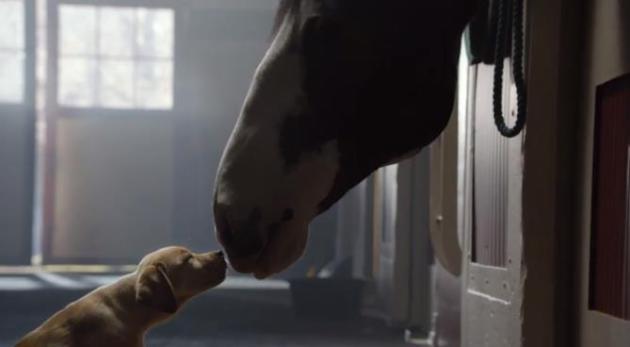
If You Can't Wait For Super Bowl Ads.
The Wire has a run-down on many of the spots, some of which are already online; here's a clip: "
You
have wait until Sunday to see the Super Bowl, and as usual, you won't
have to wait that long to see the famous commericals. Many of the big
advertisers will be unveiling their commercials online during the week,
to build buzz and get a little extra mileage out of their very
expensive, celebrity-studded production. Others prefer to keep you in
suspense. Here is a collection of the ads that have been released so
far, but keep checking back as we'll update this post as the week goes
on and new ones arrive..." (Image credit: YouTube and Budweiser). Why am I thirsty all of a sudden?
Deport Justin Bieber?
Hey, the kid is just going through a phase. Cut him some slack. Or
better yet toss him out of the country. Here's an excerpt from
Politico: "
Washington
may be buzzing about Tuesday’s State of the Union, but many Americans
are concerned about another issue facing the nation: the immigration
status of Justin Bieber. A petition
to deport Bieber and revoke his visa on the White House’s citizen
portal reached 100,000 signatures Wednesday morning, the threshold
needed for the White House to be required to respond..."
Climate Stories....
Cosmic Coincidence Or Trend? Seeing is believing, but keeping a global perspective is critical. The timelapse above is from NASA, courtesy of a story at
bgr.com; here's a clip: "...
The
GIF above is a consolidated version of NASA’s full animation that helps
illustrate just how drastic the change has been since 1950.
Temperatures in some regions have swung by as much as 4 degrees Celsius
in the past 60 years alone..."
If There's Global Warming, Why Is It So Cold? Peter Sinclair posts a video at
Climate Denial Crock Of The Week
that describes climate volatility, how changes in the Arctic may be
creating more extremes: cold and heat, not to mention droughts and
floods. Here's a link to the video and excerpt: "
I did one of these
years ago, during the “Snowmageddon” events of 2009, and have been
meaning to update. The current situation lends itself perfectly. I
continued the tradition of interviewing Jeff Masters at Dunham Lake,
near his pastoral southeastern Michigan home, and by serendipity, caught
up with Jennifer Francis at the nearby University of Michigan for a
quick update/interview."
Just Because It's Cold Doesn't Mean Global Warming Isn't Real. It Is. Here's an excerpt of an Op-Ed that caught my eye at
pennlive.com: "...
Even
if conservative politicians refuse to concede the evidence for climate
change, insurance companies have already done so. Last year, Peter
Hoeppe, who heads Geo Risks Research at a huge reinsurance firm called
Munich Re, told The New York Times: "Numerous studies assume a rise in
summer drought periods in North America in the future and an increasing
probability of severe cyclones relatively far north along the U.S. East
Coast in the long term. The rise in sea level caused by climate change
will further increase the risk of storm surge..."
The Flip-Side Of The Polar Vortex.
Depending on what channel our media outlet you turn to for weather news
you may be getting only half the story - shocked? Me neither. Here's an
excerpt from
Media Matters: "
Right-wing media are laughing
about President Barack Obama mentioning climate change in his fifth
State of the Union address because it is cold in D.C. But the wobbly polar vortex bringing cold air to much of the contiguous United States is simultaneously causing record warmth in Alaska, a state often seen as the nation's "ground zero" for climate change. On January 28, Alaska's largest newspaper, the Anchorage Daily News,
ran this remarkable headline: "Record warmth, confused plants: An
Alaska January to remember." The article noted that it was 62 degrees in
one town, tying the January state record, but did not allude to the
long-term warming trend..."
6 Things Obama Can Do On Climate Without Congress.
Grist has the story - here's an excerpt: "...
last week, the Center for the New Energy Economy at Colorado State University released a report, coauthored by former Colorado Gov. Bill Ritter, that details 200 climate actions Obama could take without Congress. So what options does the president have? Here are a few ideas:
1. Continue the crackdown on coal pollution: This month the Environmental Protection Agency released a new draft of rules that would strictly curtail emissions of carbon dioxide from new coal-fired power plants; a second set of rules that would apply to existing plants is expected later this year..."
Photo credit above: The White House.
Jekyll And Hyde: The Two Sides Of Obama's Energy Strategy.
ThinkProgress has the post; here's an excerpt: "...
America’s
contribution to the global problem of ever-rising carbon production and
consumption grows unabated. I applaud Obama’s commitment to EPA
standards on carbon pollution from power plants. But his continued
embrace of “all of the above” energy reflects a true Jekyll and Hyde
split personality. Let’s hope that unlike the progression of the Robert
Louis Stevenson novella, Obama’s “Hyde” side doesn’t take over..."
Entrepreneurs Looking For "Windfall' Cash In On Climate Change.
NPR has the audio clip and text; here's a clip: "
In
2008, as scientists documented a record melt in the Arctic ice and Al
Gore's film An Inconvenient Truth was in theaters, a half dozen major
investment houses launched mutual funds designed to take advantage of
financial opportunities offered by climate change. In Windfall: The
Booming Business of Global Warming, journalist McKenzie Funk looks into
how some entrepreneurs and even some nations stand to benefit from a
changing climate..."
Climate Change "Could Be Making Fish Smaller" Say Aberdeen Researchers. That explains my lake of luck on Pelican Lake.
The BBC reports: "
A
decline in the length of fish in the North Sea could be linked to
climate change, according to researchers at the University of Aberdeen.
Their findings suggest edthe maximum body length of fish including
haddock, whiting, herring, plaice and sole has fallen by as much as 29%
over 38 years. They said that coincides with an increase in water
temperatures of between 1C and 2C. Food availability and fishing
pressure was also assessed..."
Photo credit:
"Researchers looked at fish including North Sea herring."
The Guardian's perspective on the research referenced above is here.
Climate Change May Lead To More Wars.
As seas rise, and water becomes more rare and precious, don't be
surprised if a more volatile climate leads to more skirmishes between
countries, struggling over dwindling resources. The Pentagon is taking
climate change as a "force multiplier" very seriously. Here's an excerpt
from Discover Magazine: "...Agricultural economist Marshall Burke and his colleagues conducted a meta analysis of
60 previous studies that looked at climatic events and their link to
human conflict, including the fall of the Mayan Empire, civil conflicts
in Africa, ethnic clashes in India, road rage in the U.S. and even the
type of pitches thrown during Major League Baseball games when
temperatures rise..."
The Dead Forests Of Antarctica. Here's a clip of a fascinating article from
Atlas Obscura: "...
Despite
being the most inhospitable place on the planet however, recent
scientific discoveries suggest that this forgotten continent – sometimes
nicknamed the “Great White Desert” – may in fact have once been
carpeted in forest. The discovery has come in the form of fossilized
impressions of wood and leaves in the region of Antarctica's Mount
Achernar. Even the stumps of ancient tree trunks have been uncovered,
believed to date back to prehistoric times..."
Photo credit above: "
Snowfields of Antarctica (photograph by Stephen Hudson, via Wikimedia)"
